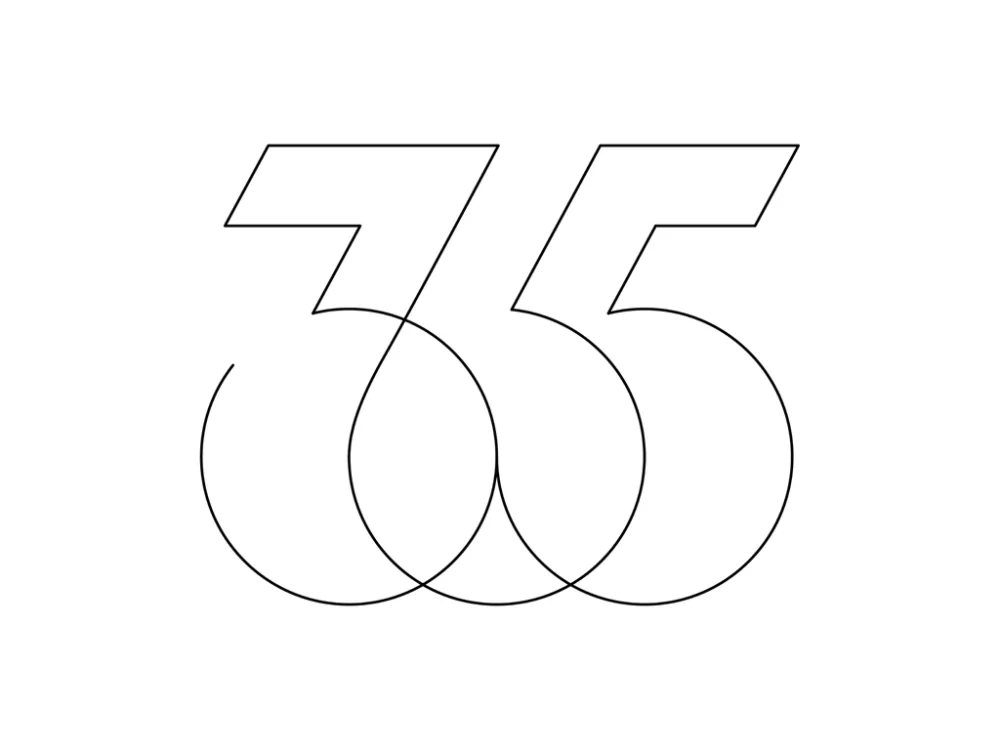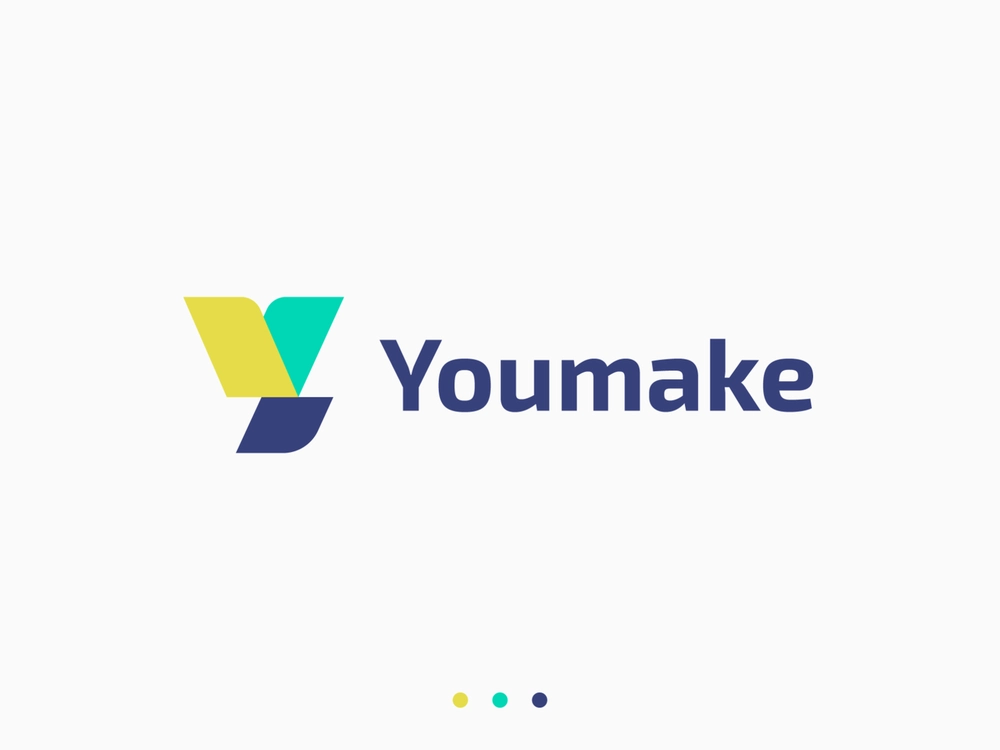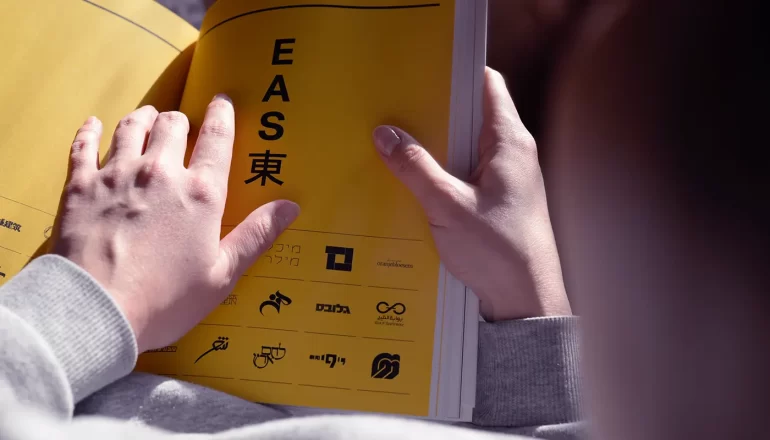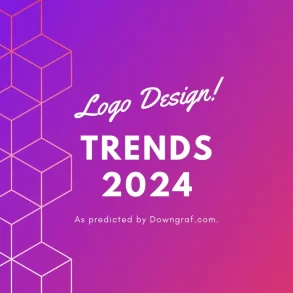A logo represents a company’s brand, mission, and values. As such, the logo design of a company plays a crucial role in shaping customer perception and building trust and recognition. This guide will explain the importance of an effective logo design and explore various design principles and techniques to create one. Let’s dive in!
1. The Importance of Logo Design for a Company
The logo design of a company serves several important functions:
- Establishing Identity: A well-designed logo sets your business apart from competitors by showcasing your unique strengths and personality.
- Building Brand Recognition: Logos make it easier for customers to identify your company among countless others, both online and offline.
- Influencing Customer Perception: A thoughtfully crafted logo conveys professionalism, reliability, creativity, or any other attribute you want associated with your brand.
- Boosting Marketing Efforts: Logos are often used across various marketing channels (e.g., websites, social media profiles), increasing visibility and reinforcing brand identity.
2. Understanding Your Brand
Before diving into the design process, take time to understand your brand’s core values, target audience, competitive landscape, industry trends, and long-term goals. Use this info to design a logo that connects with your audience.
3. Choosing the Right Type of Logo
There are several types of logos to choose from when designing one for your company:
- Wordmarks: These logos consist solely of text—usually the name of the business— and rely on typography to convey meaning (e.g., Google).
- Lettermarks: Lettermarks are similar to wordmarks but use abbreviations or initials instead (e.g., IBM).
- Pictorial Marks: Using symbols or icons, pictorial marks represent a brand visually (e.g., Apple).
- Abstract Marks: Abstract marks use geometric shapes or patterns to create a unique image that symbolizes the company (e.g., Adidas).
- Mascots: Mascots are characters that serve as the face of a brand, often reflecting its personality and target audience (e.g., KFC’s Colonel Sanders).
- Combination Marks: As the name suggests, combination marks merge two or more logo types—for example, pairing a wordmark with a pictorial mark.
Consider your brand’s personality and goals when choosing the right type for your logo design.
Traffic Flow Template (TFT): Optimizing Service Data Flows in LTE Network ArchitectureExplore these examples of wordmark and Lettermark logos to get inspired.





4. Selecting the Perfect Color Palette
Colors are essential in logo design, as they evoke emotions and convey meaning. Consider these factors when selecting colors for your logo:
- Color Theory: Understand how different colors interact and complement one another.
- Psychology of Colors: Familiarize yourself with the emotions and associations each color triggers.
- Industry Standards: Research color schemes popular within your industry to align with customer expectations without sacrificing originality.
- Simplicity: Limit your palette to two or three colors for maximum impact and versatility in various contexts.
5. Typography: Choosing Fonts Wisely
Typography plays an essential role in conveying your brand’s personality through the logo design of a company. Keep these tips in mind when selecting fonts:
How is Artificial Intelligence Changing the Recruiting Process Quizlet?- Legibility: Choose fonts that are easy to read at any size, whether on billboards or business cards.
- Personality: Opt for fonts that align with your brand’s character—elegant serif fonts for luxury brands, bold sans-serif options for modern tech companies, etc.
- Uniqueness: Avoid overly common fonts like Comic Sans or Papyrus; instead, explore less-used options or consider custom typography.
6. Balancing Simplicity and Complexity
Designing a logo that is both memorable and adaptable requires achieving the perfect balance between simplicity and complexity. Simple logos are more easily recognized and adaptable across various platforms, while complex designs risk losing impact when scaled down.
7. Adaptable Design
A great logo must work well in various formats, sizes, and contexts—whether on billboards, business cards, or social media profiles. Ensure your design is scalable and adaptable by:
- Testing: Evaluate your logo at different sizes and resolutions to ensure readability and visual appeal.
- Versatility: Create different versions of your logo (e.g., black-and-white, vertical orientation) for use in specific situations.
8. Timelessness: Designing for Longevity
While it’s essential to stay current with design trends, aim for a timeless design that will remain relevant as your company grows. This may involve avoiding overly trendy fonts or color schemes in favor of classic choices.
Interested in Discord’s Typography? Discover What Font Does Discord Use!9. Seeking Professional Assistance
Hiring a professional designer can greatly help create a high-quality logo that effectively represents your brand. Expert designers have the experience and knowledge necessary to develop an impactful design based on industry best practices.
10. Evaluating Logo Success
Once you’ve designed your logo, assess its success by gathering feedback from customers, employees, and industry peers. This input can reveal areas of improvement or validate the effectiveness of your design.
In summary, creating a logo for a company demands dedication, ingenuity, careful planning, and meticulousness. The outcomes are so valuable that they make the effort totally worth it. An impactful logo not only helps build brand recognition but also contributes significantly to long-term business success by fostering customer trust and loyalty.
Everything You Need to Know About Kia Finance Pay BillFrequently Asked Questions
1. How much does it cost to design a company logo?
The price of making a logo for a business changes according to the designer’s skill, the complexity of the design, and any necessary changes. You can expect to pay anywhere from $50 for a simple logo from an inexperienced designer to thousands of dollars for high-end design agencies.
2. What is the average time required to design a logo?
Logo creation time varies based on design complexity, number of revisions, and communication with the designer. Logo design process usually takes one week to one month or more.
3. Can I trademark my company’s logo?
Yes, you can—and should—trademark your company’s logo after finalizing its design. Trademarking your logo offers legal protection against unauthorized use by other parties. To submit a trademark application, you can use an intellectual property lawyer or check the USPTO website for guidance.
4. What file formats should I request for my completed logo?
You will need various file formats for different purposes when using your company’s logo in marketing materials and online platforms. Commonly requested file formats include:
- Vector files (e.g., AI or EPS): These files are easily scalable without loss of quality and suitable for print materials.
- High-quality image files like JPEG or PNG are good for digital use, but their quality can diminish if you make them too big.
- Transparent background versions: Logos with transparent backgrounds (usually in PNG format) are useful when superimposing them over images or colored backgrounds.
- Discuss your specific needs with your designer to ensure they provide all necessary file types.
5. Can I update my company’s existing logo instead of creating a new one?
Yes, you may choose to update or “refresh” your existing logo instead of creating an entirely new design. This may involve modernizing the typography, refining the color palette, or simplifying the overall design. A logo refresh can maintain brand recognition while giving your company a fresh appearance that aligns with current trends and business growth.







